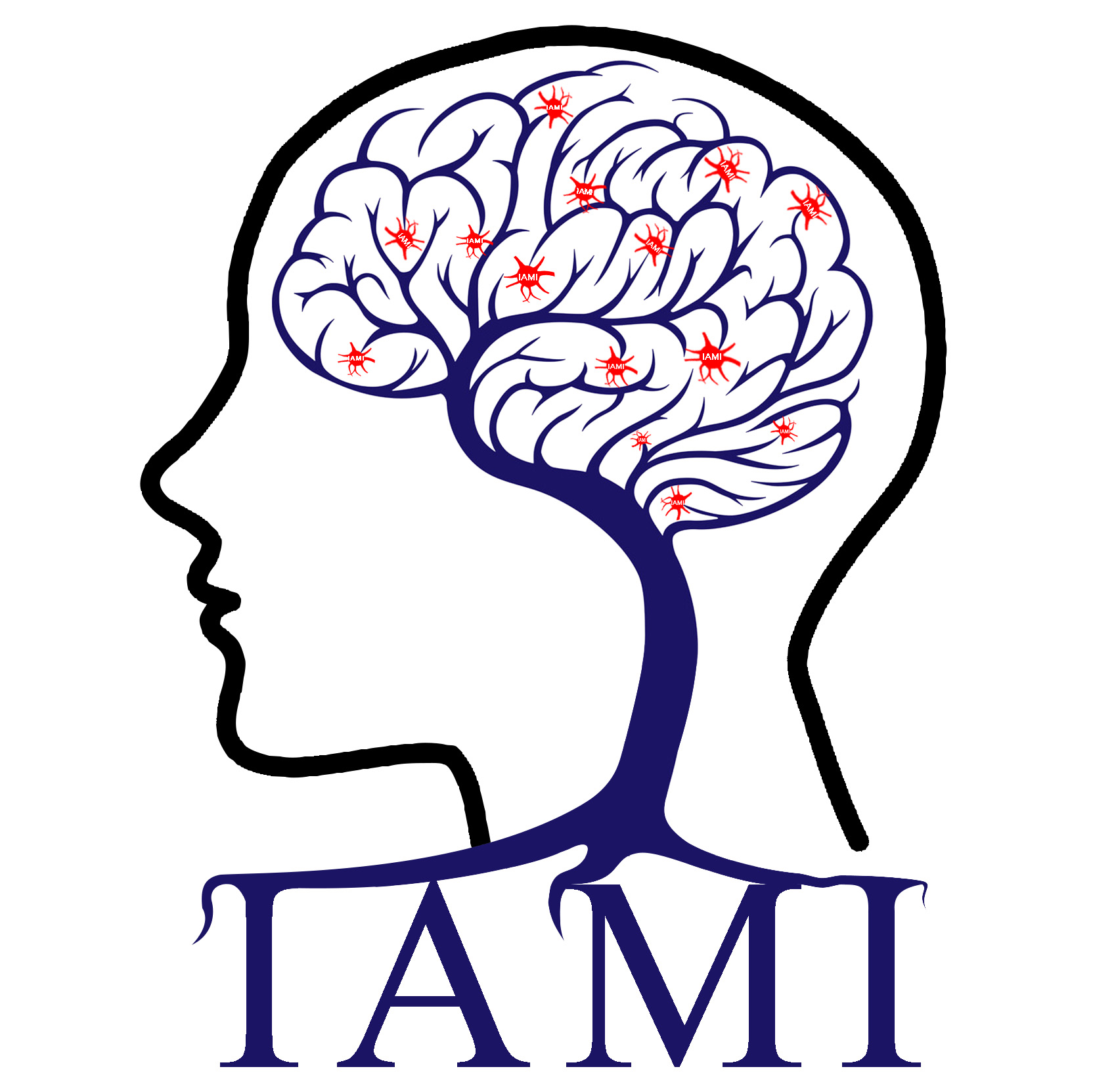
Yuhui Du Personal Website-Intelligent Analysis of Medical Image
Address:Taiyuan, China
Xing Meng, Rongtao Jiang, Dongdong Lin, Juan Bustillo, Thomas Jones, Jiayu Chen, Qingbao Yu, Yuhui Du, Yu Zhang, Tianzi Jiang, Jing Sui*, Vince D Calhoun*. Predicting individualized clinical measures by a generalized prediction framework and multimodal fusion of MRI data. NeuroImage, 2017, 145: 218–229.
时间:2019-06-12 16:40:19 来源: 点击:[954]
Abstract
Neuroimaging techniques have greatly enhanced the understanding of neurodiversity (human brain variation across individuals) in both health and disease. The ultimate goal of using brain imaging biomarkers is to perform individualized predictions. Here we proposed a generalized framework that can predict explicit values of the targeted measures by taking advantage of joint information from multiple modalities. This framework also enables whole brain voxel-wise searching by combining multivariate techniques such as ReliefF, clustering, correlation-based feature selection and multiple regression models, which is more flexible and can achieve better prediction performance than alternative atlas-based methods. For 50 healthy controls and 47 schizophrenia patients, three kinds of features derived from resting-state fMRI (fALFF), sMRI (gray matter) and DTI (fractional anisotropy) were extracted and fed into a regression model, achieving high prediction for both cognitive scores (MCCB composite r = 0.7033, MCCB social cognition r = 0.7084) and symptomatic scores (positive and negative syndrome scale [PANSS] positive r = 0.7785, PANSS negative r = 0.7804). Moreover, the brain areas likely responsible for cognitive deficits of schizophrenia, including middle temporal gyrus, dorsolateral prefrontal cortex, striatum, cuneus and cerebellum, were located with different weights, as well as regions predicting PANSS symptoms, including thalamus, striatum and inferior parietal lobule, pinpointing the potential neuromarkers. Finally, compared to a single modality, multimodal combination achieves higher prediction accuracy and enables individualized prediction on multiple clinical measures. There is more work to be done, but the current results highlight the potential utility of multimodal brain imaging biomarkers to eventually inform clinical decision-making.

 Current location:
Current location: